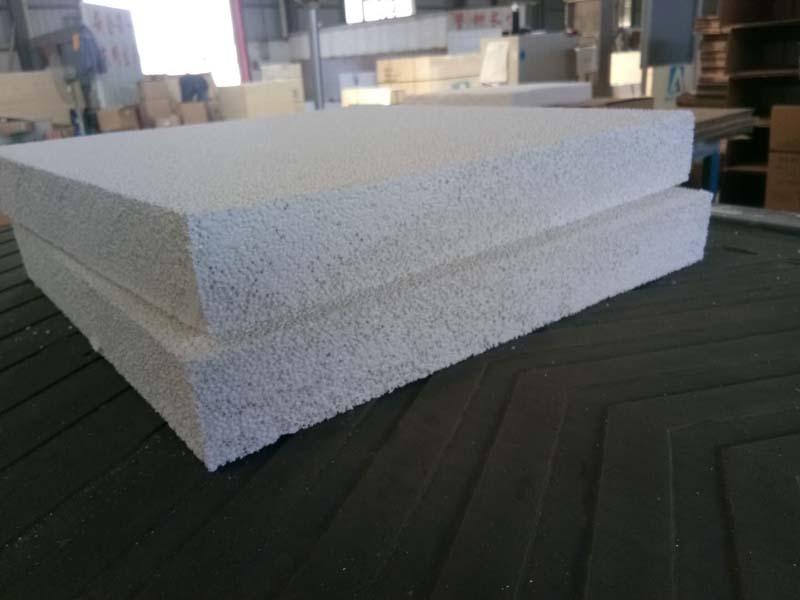
22 10月 Molten Aluminum Filter Rus Aluminium
Molten Aluminum Filter Rus Aluminium is a particularly efficient and durable molten aluminum filter for filtering oxide and non-oxide impurities.
When filtering molten aluminum, since the temperature of the molten aluminum filter is much lower than the pouring temperature of the molten metal, the original molten metal in contact with the filter must transfer heat to the filter.
As the filter absorbs heat from the metal, the temperature of the affected part of the molten metal decreases, causing the metal to freeze.
When metal solidifies in the filter, the solid metal may completely or at least partially block the filter being filtered, or it may perform the initial stage of filtration at a slow rate, thereby reducing filter performance.
Therefore, the ceramic foam filter must be baked before use. It is usually baked on air for 15-20 minutes.

Ceramic foam filter size
660x660x50 (26 inches)
584x584x50 (23 inches)
508x508x50 (20 inches)
432x432x50 (17 inches)
381x381x50 (15 inches)
305x305x50 (12 inches)
228x228x50 (9 inches)
178x178x50 (7 inches)
Pore size of porous ceramic filter (PPI): 10/20/30/40/50/60
Cast filter 30ppi 40ppi Cast filter is the most commonly used ceramic foam filter in the aluminum casting industry.
In ordinary aluminum castings, 10-40ppi ceramic filter plates are commonly used.
In aviation and high-quality aluminum materials, 30-60ppi ceramic filter plates are commonly used.
Molten Aluminum Filter Rus Aluminium is a filter material made of heat-resistant materials, which will degrade due to chemical reaction and corrosion with molten aluminum at high temperatures.
The filter media must also maintain structural integrity, for example at elevated temperatures, and of course must capture or prevent chemical reactions of solid particles and/or mechanically prevent liquids and semi-liquids from passing through them.
When melting, refining and forming metals, especially when casting molten metal, it is desirable to separate inclusions from molten metal.
This inclusion of impurities leads to the presence of raw materials for forming a melt from slag, scale and slag on the surface of the melt, oxide scales and oxides in the form of oxides and small fragments from refractory materials. Used to form a chamber or container in which a metal melt is formed when melted.
If these inclusions are not removed from the molten state of the metal, this will result in a weakening of the point of the final solidified metal body (the final product of the casting operation) and/or a decrease in porosity.


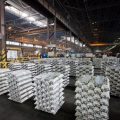
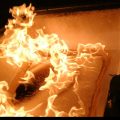
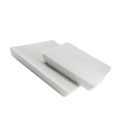
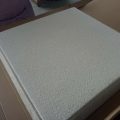
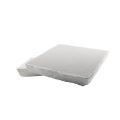
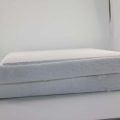
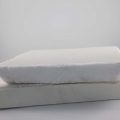
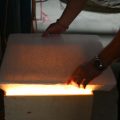
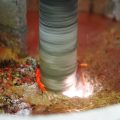
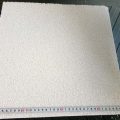
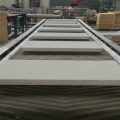
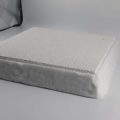
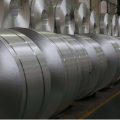
No Comments